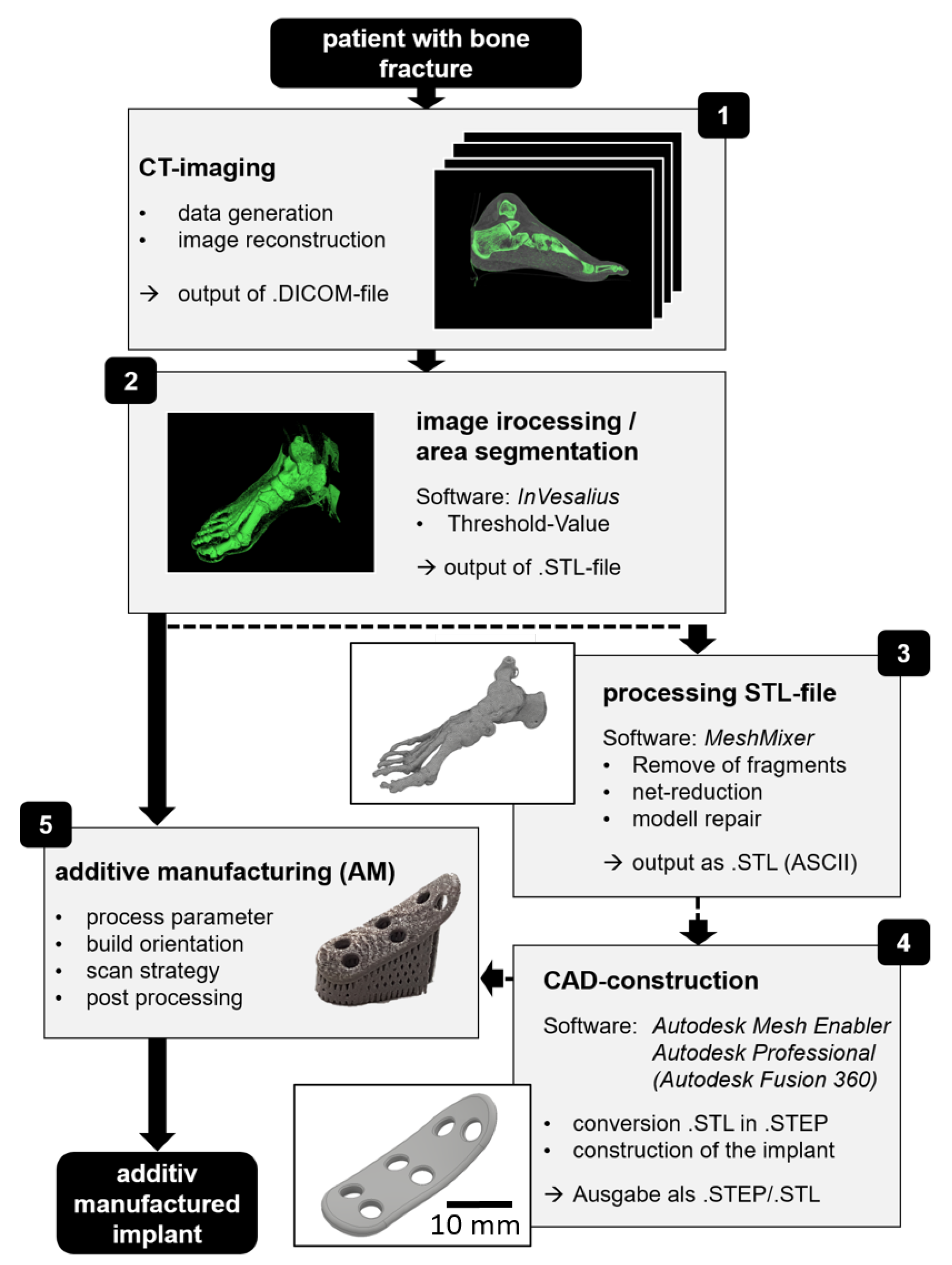
HOW TO EDIT STL WITH MESH ENABLER SOFTWARE
Go ahead and download the chichen-itza_pyramid.stl file and import it into the software (if you need help, please read our Importing and Manipulating Models tutorial). So once we think there might be a problem, how do we identify what feature of the mesh is causing it? For this part of the tutorial, we are going to be using gpvillamil’s pyramid model which you can find here. If the visual preview looks different than the model you expected to create, there might be problems with the mesh. For example, a hollow cutout might appear as a solid filled in layer, or vice-versa. It’s a very useful tool and a great way to identify any potential mesh errors with your part. After the preview is loaded, you can even animate the build which will play a video of your nozzle moving around on the screen laying down each individual strand of plastic. You can preview one of these files at any time by pressing the large Prepare to Print! button in the bottom left-hand side of the software’s main window.

In addition to creating these files, the software also has the ability to render a visual preview of these instructions, showing you exactly how your printer will interpret the commands. gcode file format) or they may be binary files (such as. These instructions may be plain text (such as the common.
HOW TO EDIT STL WITH MESH ENABLER HOW TO
When you are ready to fabricate one of your digital models, the software will create a long list of instructions that tell your printer how to actually create the part. But first, let’s talk about the signs that you might see if your mesh has errors. While this sounds simple enough, there are several common mesh errors that you should keep an eye out for. In this tutorial we are going to talk about self-intersecting surfaces, missing triangles that create holes in the surface of your mesh, backwards triangles, and even duplicate surfaces. If you go to View > Show Normals, the software will also show you a visual representation of the normal vectors used to define your triangles. Each triangle is represented by 3 edges along with a normal vector from the center of the triangle that defines which side of the triangle is outward facing. After you import a model into the Simplif圓D Software, you can go to View > Wireframe to show the millions of triangles that fit together to define your model. These triangles fit together to define the overall shape of your geometry and they are the basis for the STL and OBJ file formats. Digital models on your computer are typically represented by a large list of triangles. I guess that hand editing of the mesh is involved.This tutorial will teach you about common mesh errors that you may encounter with your 3D printer. Materialise claims to have conversion software called 3-matic but I have not tried it and they are foggy about downloading and using it. Rhino has an option to convert a mesh to real, smooth, curved NURBS surfaces. Mesh to Single Nurbs from Resurf converts a mesh model to one single NURBS but only for not-too-complex surfaces of course. MeshLab is great open source to repair, smooth and simplify mesh models, especially from 3D scans. Inventor has an add-in named Mesh Enabler which does the same but is limited to 5000 facets.

Adding wall thickness to such a model normally fails because mesh surfaces are noisy, not smooth. That's fine if you don't mind but if you want a smooth model with less surface patches this is not the way. It's completely identical in shape to the original. The end result is a model with just as many facets as the original model. FreeCAD works but the drawback is that the IGES- or STEP-model is still a facet model with flat, triangular, first degree NURBS surfaces.


 0 kommentar(er)
0 kommentar(er)
